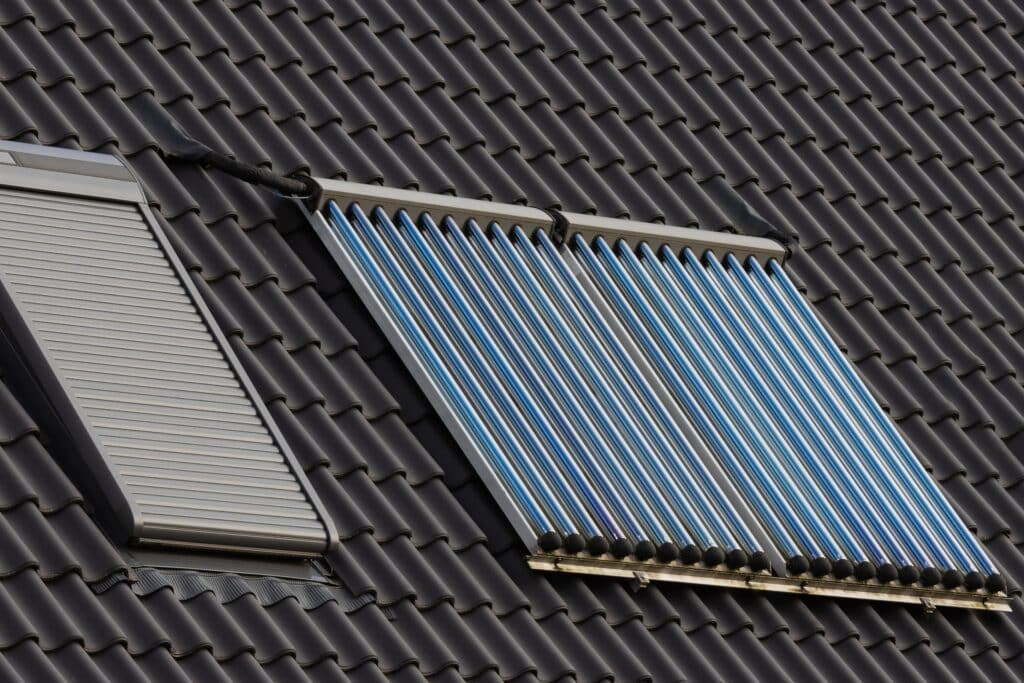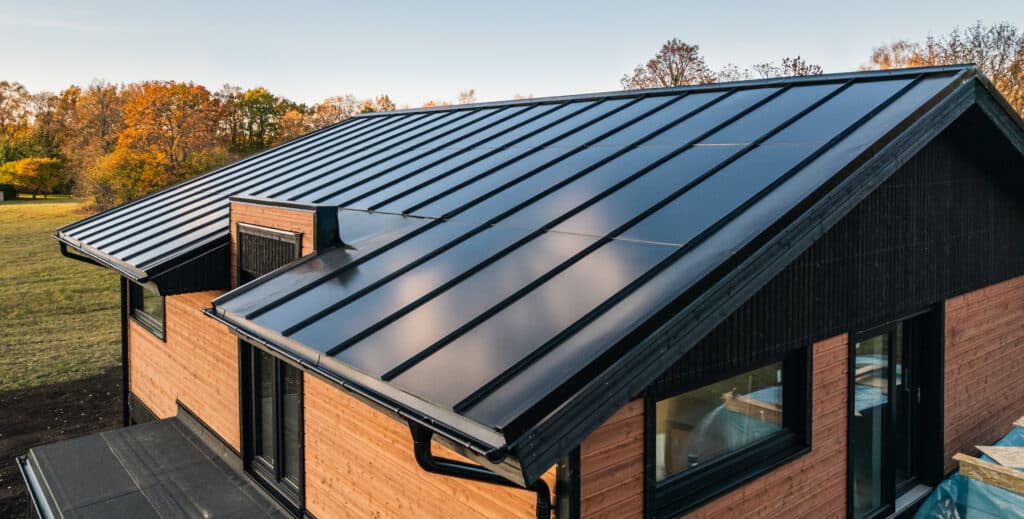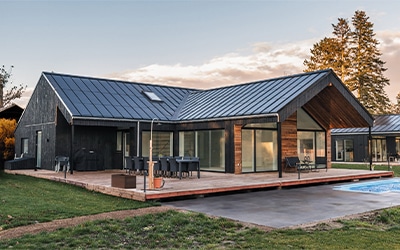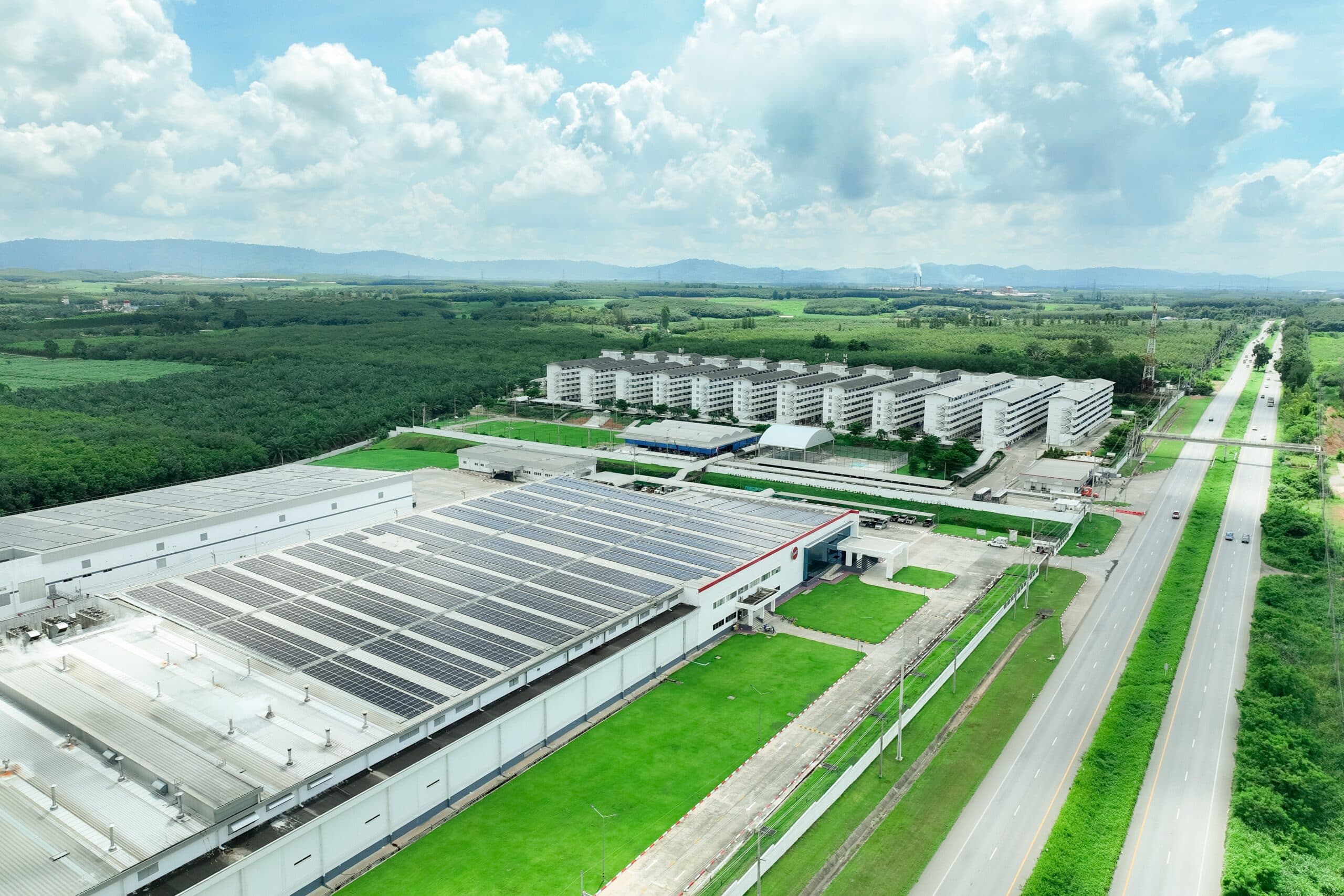You probably already know that the sun’s light can be turned into electricity by using solar panels; however, there is another type of technology that helps convert sunlight into heat instead of power.
These panels are called ‘solar thermal panels’, and they were one of the first commercialised solar heating products to hit the UK markets.
Just like your typical PV (energy-generating) solar panels, thermal solar panels have the potential to help cut your monthly bills and offer a sustainable, clean way of heating your home or business.
Without further ado, let’s explore the applications of solar thermal panels.
How Do Solar Thermal Panels Work?

While PV (photovoltaic) solar panels use interconnected silicon cells to create electricity, thermal solar panels use water. This is because the solar panels are mounted on the roof to absorb the sun’s heat rather than the energy from its light.
Thermal solar panels absorb the sun’s heat and use it to warm up water stored in a cylinder. The liquid inside the panels is a mix of anti-freeze and water – which helps the liquid maintain its warmth.
The Types Of Solar Thermal Panels
There are two main forms of solar thermal systems which you can choose to install. Both are used for the same purpose. However, they have slightly different benefits and looks. The types of solar thermal panels systems are:
- Flat-plate collectors: these solar panels look like your typical PV solar panels, featuring a dark surface and a transparent glass cover. However, they also have heat-insulating backing and fluid that moves heat from the absorber to a water tank. The absorber can be made from various materials, but copper is one of the most common – as it’s a long-lasting material and an excellent conductor.
- Vacuum tube collectors: Vacuum tube collectors comprise a range of glass tubes through which the transfer liquid flows. These tubes are spaced out with small gaps between them, allowing things such as snow to fall between them and melt – minimising its impact in cold climates. These systems are incredibly good at keeping in heat, making them a strong option for homes in colder places; however, they are prone to overheating in hot areas, as there is no way to slow down their heat production.
- Emerging Option: Hybrid PV‑T Systems
If you’re after maximum value from your roof, hybrid solar PV‑T systems deserve a mention. These clever solar thermal panels combine photovoltaic (electricity-producing) cells with thermal collectors – so you get both solar power and solar-heated water in one integrated package. While still less common, UK research suggests PV‑T setups can boost total energy yield by around 60–80% compared to standalone systems. They can be particularly useful for homes with limited roof space or those aiming to supply both electricity and hot water from a single installation. Ideal for those seeking a multi-functional and efficient solar solution.
Flat plate collectors tend to be the first choice for most domestic buildings, as they’re less expensive and more adaptable to a varied climate. However, if you need large amounts of heating or live in an area which is cold most of the time, vacuum tube collectors could be of greater interest to you.
Explore Solar Energy With Smartly
Are you interested in learning more about the different types of solar energy systems and how they could benefit your home or business? Get in touch with one of our Smartly solar experts today to find out more.
You can contact us via our online form, or get in touch with us using our live chat to find out more.



